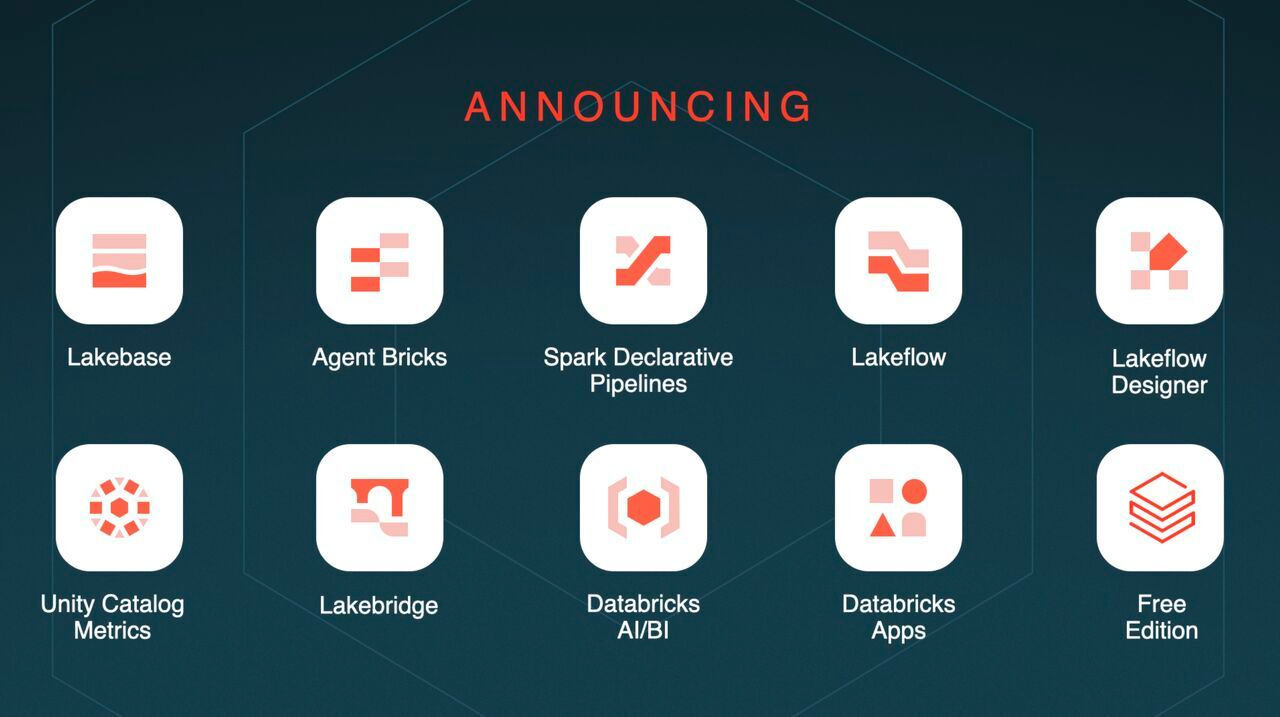From Slide Decks to Smart Answers: GenAI for Reporting at Scale
How we moved from slow, manual reporting to a scalable GenAI-powered engine and where it’s headed next.
Enterprise reporting doesn’t usually get much attention. But when the process become inefficient, everything that depends on it could get slowed down or delayed.
At the 2025 Databricks Data + AI Summit , I shared how we’ve been rethinking this work using GenAI. The full talk is available here, but I wanted to share a few highlights and practical reflections for those facing similar challenges with scale, speed, or trust in reporting.
Where We Started: High Effort, Few Insights
The main challenge was clear: it took too long to get reliable answers to business critical questions.
Our reporting process was complex and fragmented. We had manual workflows, disconnected data sources, inconsistent KPI definitions, and repeated handoffs between teams. Reports were scattered across Excel files, PowerPoint decks, and dashboards overloaded with filters. Before every business review, teams had to spend significant time putting together a narrative.
But the deeper issue wasn’t just how much effort it took. It was that this effort still didn’t help the business make timely and informed strategic decisions. Critical questions were being asked, however, data analytics wasn’t keeping up. We knew we had to shift from static one-way reporting to something that could support real-time dynamic decision-making.
What We Built: GenAI + Databricks for Context-Driven Answers
To address this, we developed a GenAI-powered reporting engine on Databricks, built on Unity Catalog and Mosaic AI. The goal wasn’t to add another layer of dashboards. We wanted a system that could respond to real business questions with real context:
“What’s causing the forecast gap in a given market?”
“Why is our business underperforming this quarter?”
“Which segments are showing growth opportunities?”
Instead of sharing raw data and leaving teams to interpret the results themselves, we trained the system to speak in the business’s language. It applies consistent logic, reflects definitions our leaders already use, and delivers structured responses that business teams can trust and take actions on.
This solution wasn’t developed overnight. We had to align definitions, tune the prompt structures, build in review loops, and validate outputs before scaling. But now that it’s running, we’re seeing meaningful changes: less time spent on manual static reporting, fewer disagreements over reporting metrics, and stronger alignment across data analytics and business teams.
What’s Changing: New Databricks Features That Actually Support the Work
At this year’s Summit, Databricks announced several new features that align closely with challenges enterprise teams already been managing. These updates will help simplify what’s currently complex and automate what they’ve been doing manually.
1. Genie Deep Research Mode
This feature could help provide answers to broader less structured questions without rebuilding a brand new analysis path each time. It supports exploratory thinking beyond data retrieval.
2. Built-in Forecasting
Forecasting integrated into exiting dashboards could help eliminate back-and-forth between data analysts and business teams. It brings forward-looking signals directly into daily workflows, which saves time and reduces confusion.
3. Semantic Memory
One of the hardest parts of reporting at scale is keeping definitions aligned across different teams and systems. With Semantic Memory, AI/BI Genie can remember metrics definitions and apply them consistently across sessions, reducing the need to clarify or redefine metrics every time.
4. Multi-Agent Workflows
This is especially exciting for me. Imagine linking insights from product performance → forecasting and planning delta → sales and inventory risk in a single flow. Teams usually have generate all these insights separately. However, the ability to automate that logic into a reusable chain could save resource, time and reduce potential errors.
Why This Matters
These capabilities could help solve pain points: fragmented logic, unclear metrics definitions, and slow insights delivery to unlock real business value. They help cut through noise, reduce rework, and bring AI and GenAI integrated into the workflow of real decision-making.
With these new capabilities from Databricks, what used to take days and weeks of coordination across teams can now be done once and reused easily. What required multiple tools and handoffs can now live in one workflow. All of these will lead to improved reporting efficiency and more confidence in the data and insights that drive business decisions.
Successful Enterprise AI should adopt the outcome oriented approach. For us, it means that we help the business extract actionable insights faster with less friction. When grounded in the right structure and powered by the right platform, AI and GenAI can made all of these possible as a practical part of how we work. While there’s still a lot of work to do,
There’s a lot more to do, but the momentum is here. When applied to the right kind of problem, we’re seeing how the right kind of AI and GenAI can actually help the business move forward.





